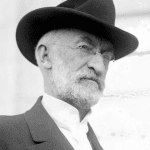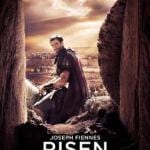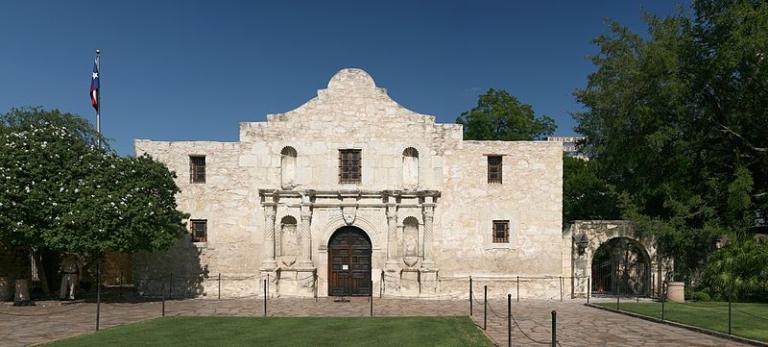
(Wikimedia Commons public domain photograph)
A new article went up today at noon in Interpreter: A Journal of Latter-day Saint Faith and Scholarship: “How Things Look from Here,” written (and, by the way, audio-recorded by) Daniel C. Peterson
Abstract: Do defenders of the Restored Gospel of Jesus Christ see themselves as fighting a desperate rearguard battle against the evidence, hoping to save at least a faint shred of credibility for its claims? Hardly. But, at the same time, we don’t pretend to be able to prove those claims beyond any possibility of doubt. Such a prospect, we think, was never God’s intent. “For now we see through a glass, darkly,” as the prophet and apostle Paul wrote in 1 Corinthians 13:12. “Now [we] know in part.” That is an important part of the plan. There is abundant evidence to justify discipleship, but there can also be plausible-seeming grounds, if one prefers, for rejecting it.
I’m afraid that I’m a bit tardy in calling the following item to your attention. It went up on Wednesday, which is now two days ago:
Conference Talks: “Temples in the Margins: The Temple in Isaiah,” presented by Ann Madsen
The late (and wonderful) Ann Madsen delivered these remarks on Saturday, 25 October 2014, at the Interpreter Foundation’s 2014 “Temple on Mount Zion Conference.”
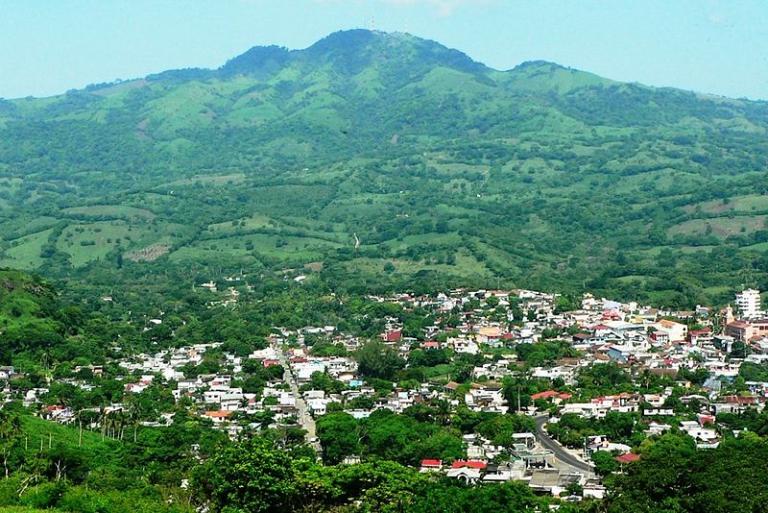
(Wikimedia Commons public domain photograph)
Keep an eye out for this as you watch General Conference: “Tabernacle Choir Embraces New Mission, Welcomes International Singers: The initiative is part of the Choir’s broadened mission to inspire and reach people throughout the world”
And, alas, here are links to the latest entries on the sadly-necessary Neville-Neville Land blog:
“Jonathan Neville: A tool [in] the hands of our enemies”
By the way, “Peter Pan,” the proprietor of Neville-Neville Land, charitably assumes that Mr. Neville was unaware of the fact that he [Mr. Neville] was appearing on the podcast of a vocal (and, not uncommonly, a derisive) critic of the Restoration. However, according to the host of the podcast, that assumption is entirely mistaken: Mr. Neville was well aware of his interlocutor’s stance on Joseph Smith, the Book of Mormon, and the Church of Jesus Christ of Latter-day Saints. My hunch, though, is that Mr. Neville and his host share a common interest in discrediting “apologists” (very much including me) who tend toward Mesoamerican models for the geography of the Book of Mormon. And this, as I’ve said before, is at the heart of my displeasure with some “Heartlanders”:
I’m serenely indifferent to their notions about the geographical setting of the Book of Mormon; I have a number of friends who are inclined to “Heartland” models. When they ask me about my own view on the subject — and they do typically need to ask me, or they’re unlikely to hear it — I tell them frankly that I’m unpersuaded by “Heartlander” arguments. I do, however, disapprove of the contention of some “Heartlanders” that Latter-day Saint academics and scholars who fail to share their position constitute a “cartel” of apostates that is conspiring to lead the Church astray. Other than that, although I disagree with them I feel no hostility toward them whatsoever and I’m perfectly willing to serve with them in the Church and to stand with them in prayer.
The official position of the Church of Jesus Christ of Latter-day Saints is that it has no official position on the geography of the Book of Mormon, and that no geographical model for the book has been either divinely revealed or divinely approved. I take that to mean that neither acceptance of a “Heartland” conception of Book of Mormon geography nor preference (such as my own) for a limited Mesoamerican geographical model is required for full fellowship in the Church — and that neither of those two views (or any other) can legitimately be used to question the faith or faithfulness of an otherwise committed Latter-day Saint.
For a brief but balanced and quasi-authoritative survey of the issue, see John E. Clark, “Book of Mormon Geography,” in the Encyclopedia of Mormonism, 5 vols., edited by Daniel H. Ludlow, et al. (New York: Macmillan, 1992), 1:176-179.
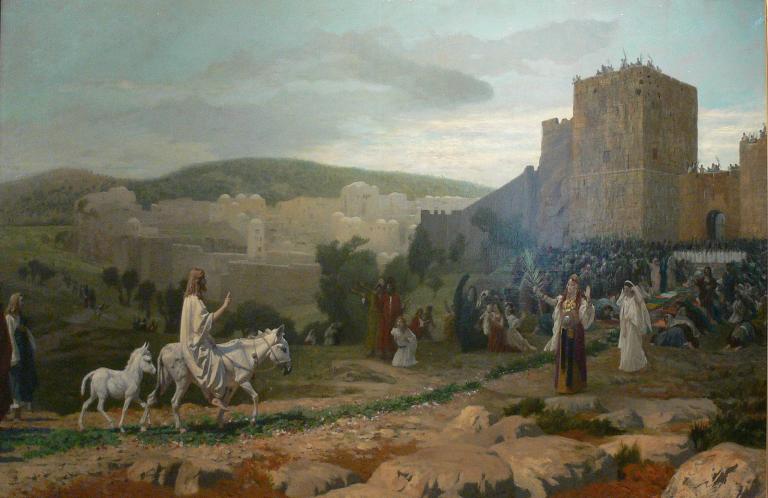
Wikimedia Commons public domain image
Palm Sunday comes this weekend, marking the commencement of “Holy Week” leading up to Easter Sunday. Latter-day Saints tend to make nothing special of the day. But perhaps we should. And here is a quintet of relevant links. Four of them are recent; one of them, however, is both somewhat more general and of venerable antiquity:
Christianity Today: “This Palm Sunday, Ponder Donkeys, Not Branches: For his entry into Jerusalem, Jesus picked a symbol of lowliness rather than military might.”
Real Clear Religion: “Palm Sunday and the Hidden Glory of Jesus”
William Hamblin and Daniel Peterson, Deseret News: “Holy Week aids Easter reflections”
The Easter holiday commemorates an event of absolutely vast — perhaps literally infinite — significance. And Palm Sunday kicks off the week leading up to Good Friday and, beyond that, culminating in Easter. I’ve always loved what the Prophet Joseph Smith had to say on the topic:
“The fundamental principles of our religion are the testimony of the Apostles and Prophets, concerning Jesus Christ, that He died, was buried, and rose again the third day, and ascended into heaven; and all other things which pertain to our religion are only appendages to it.” (quoted in B. H. Roberts, ed., History of the Church, 3:30)


